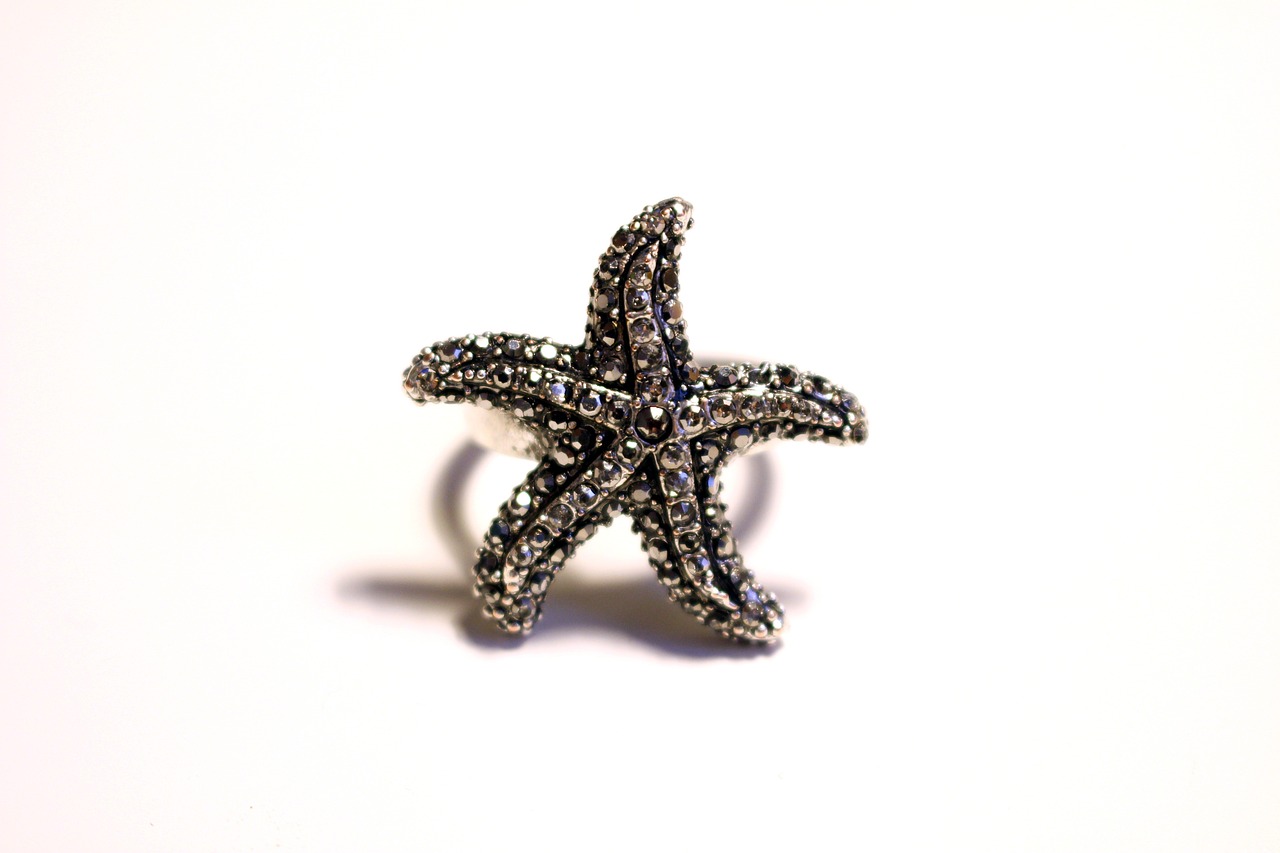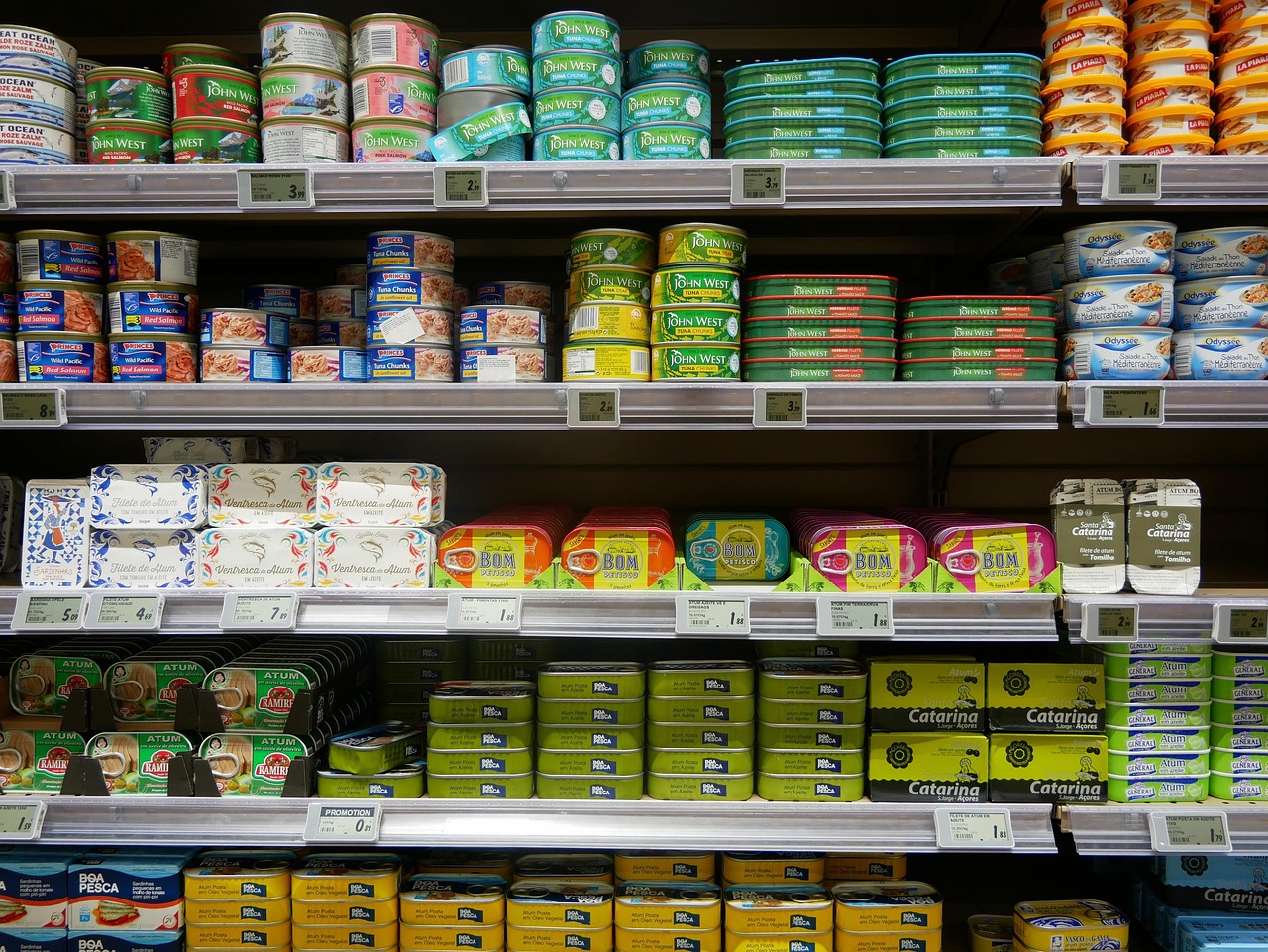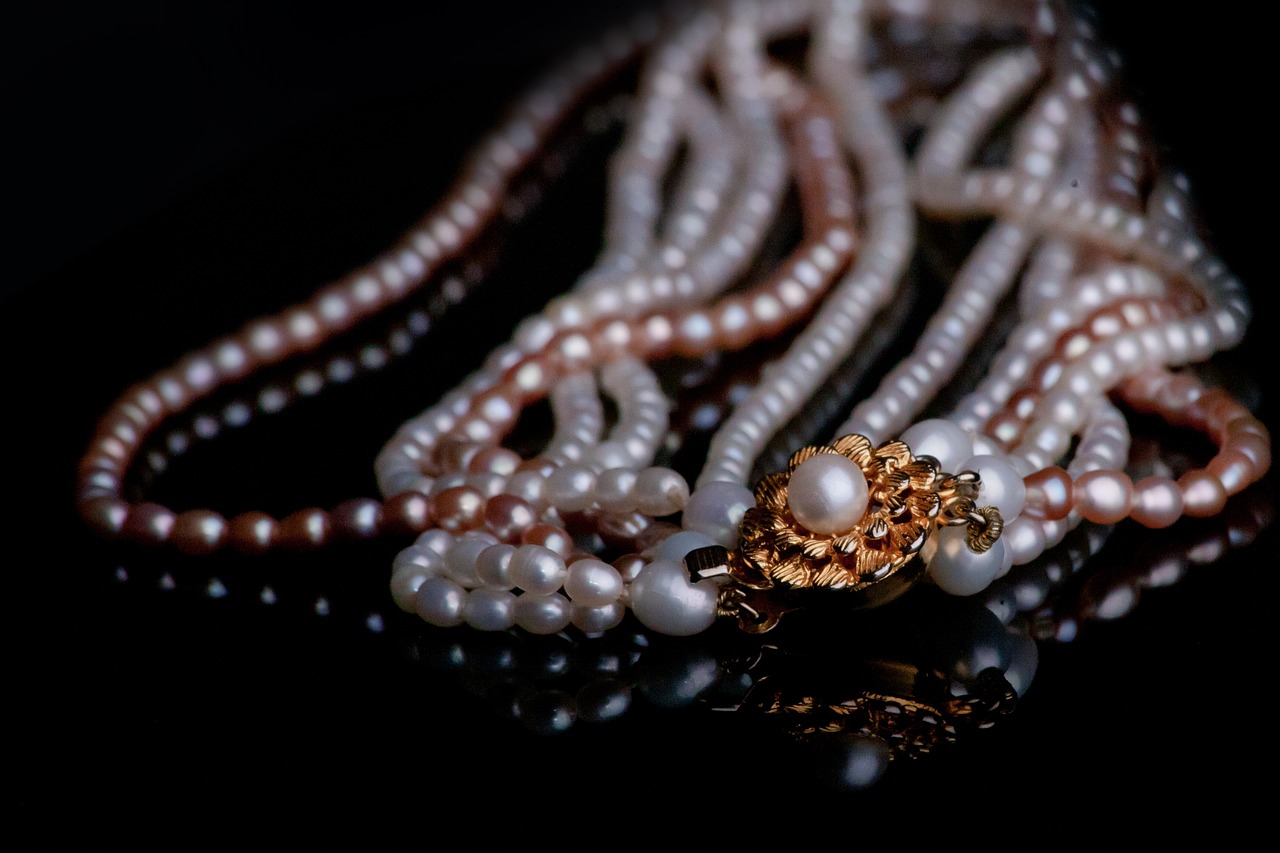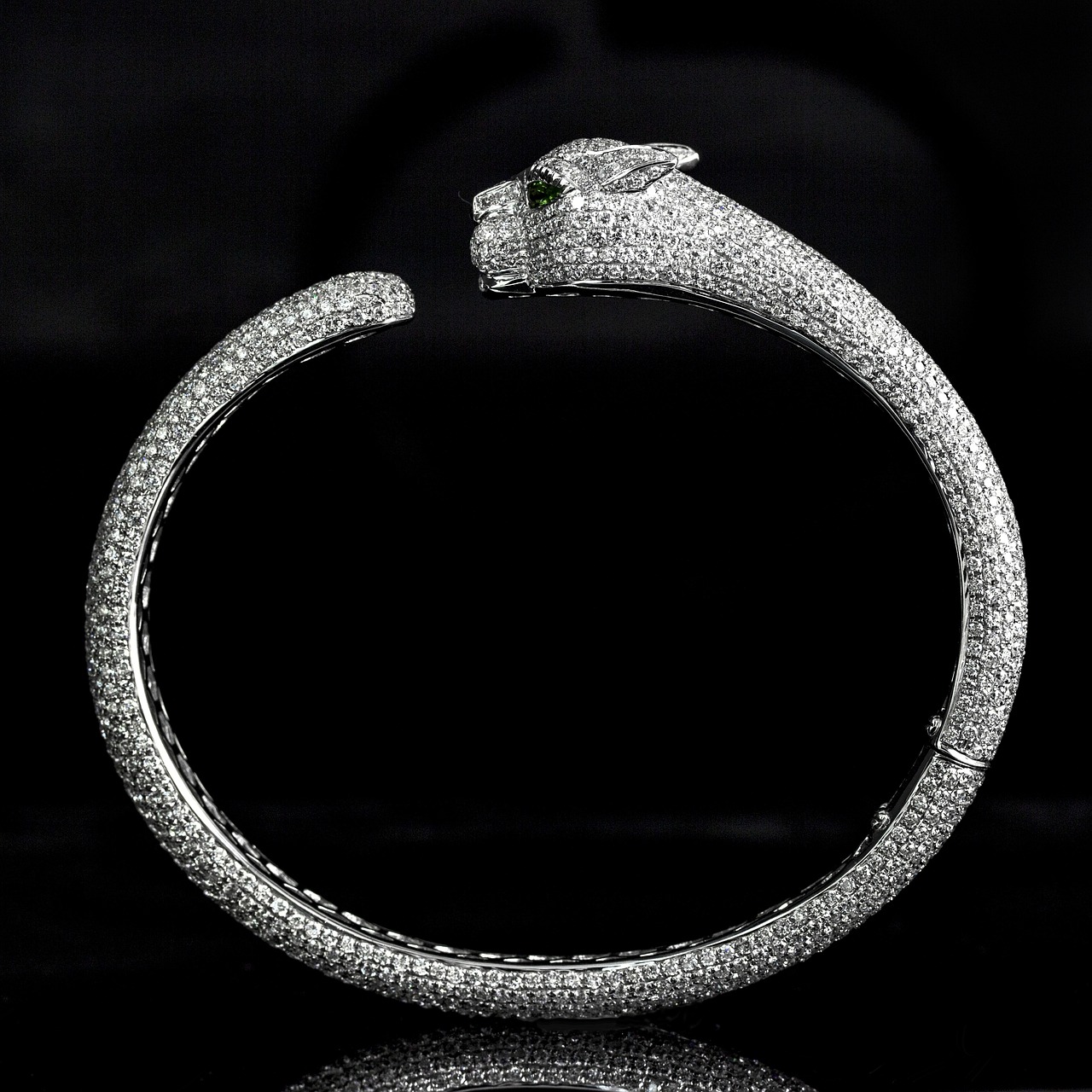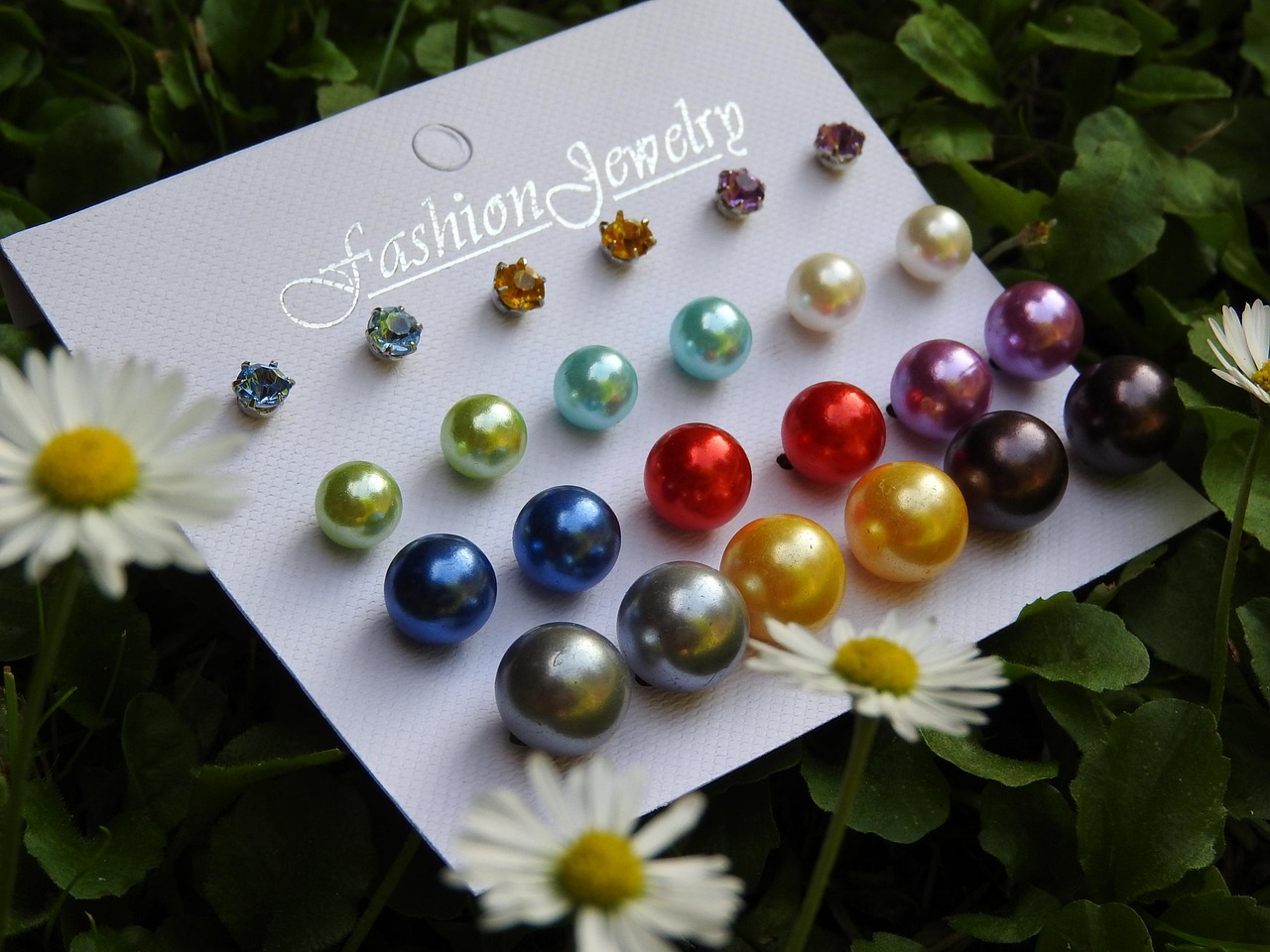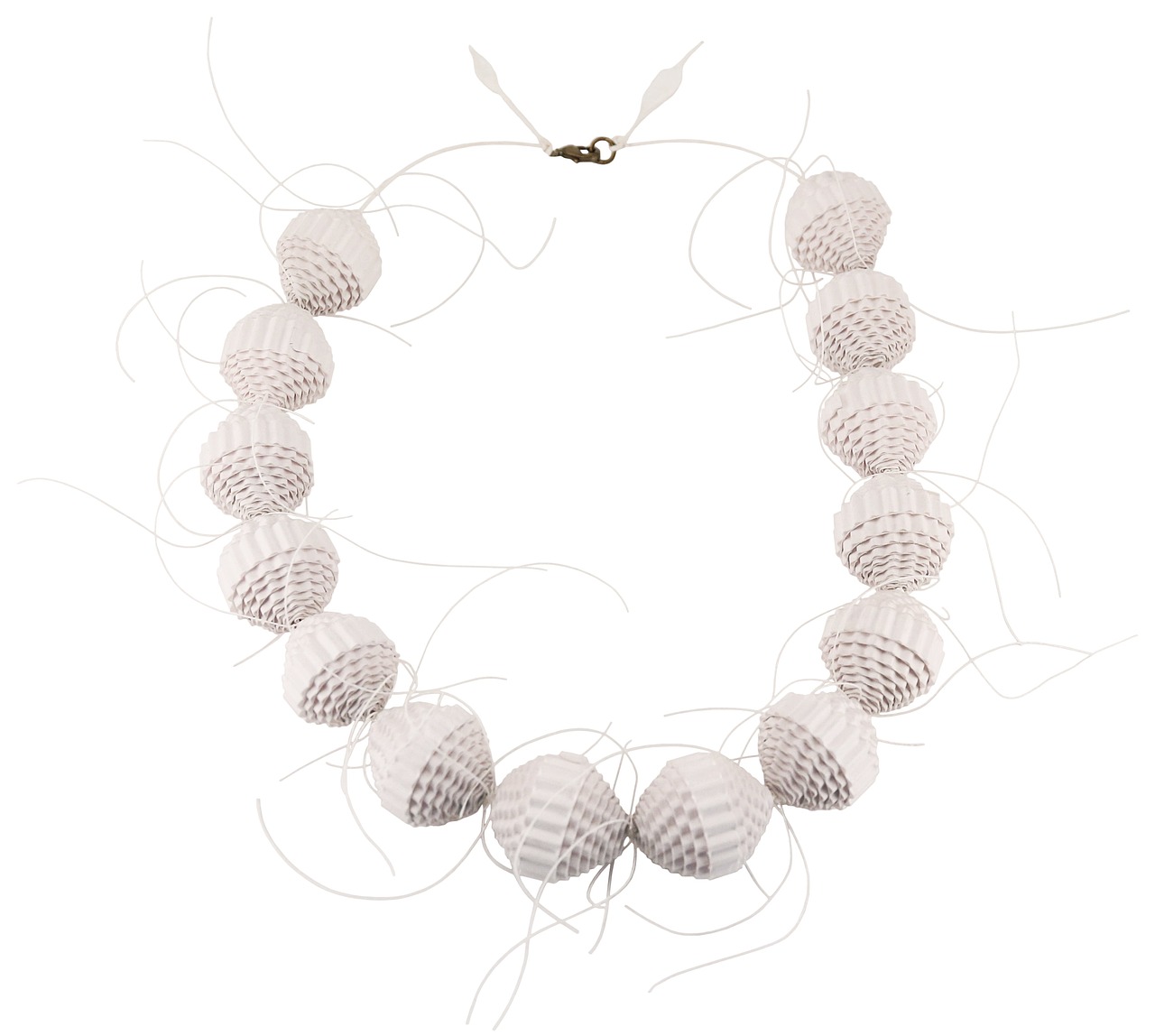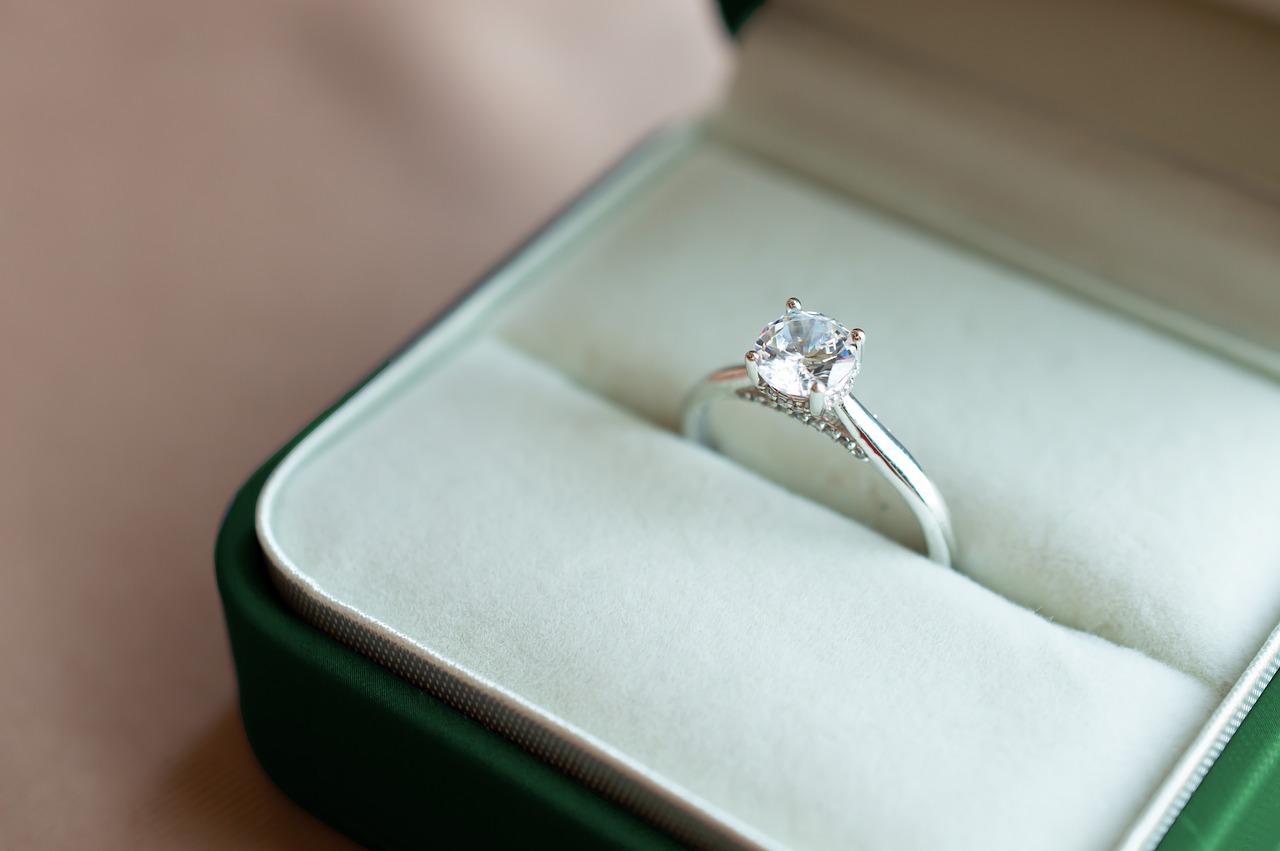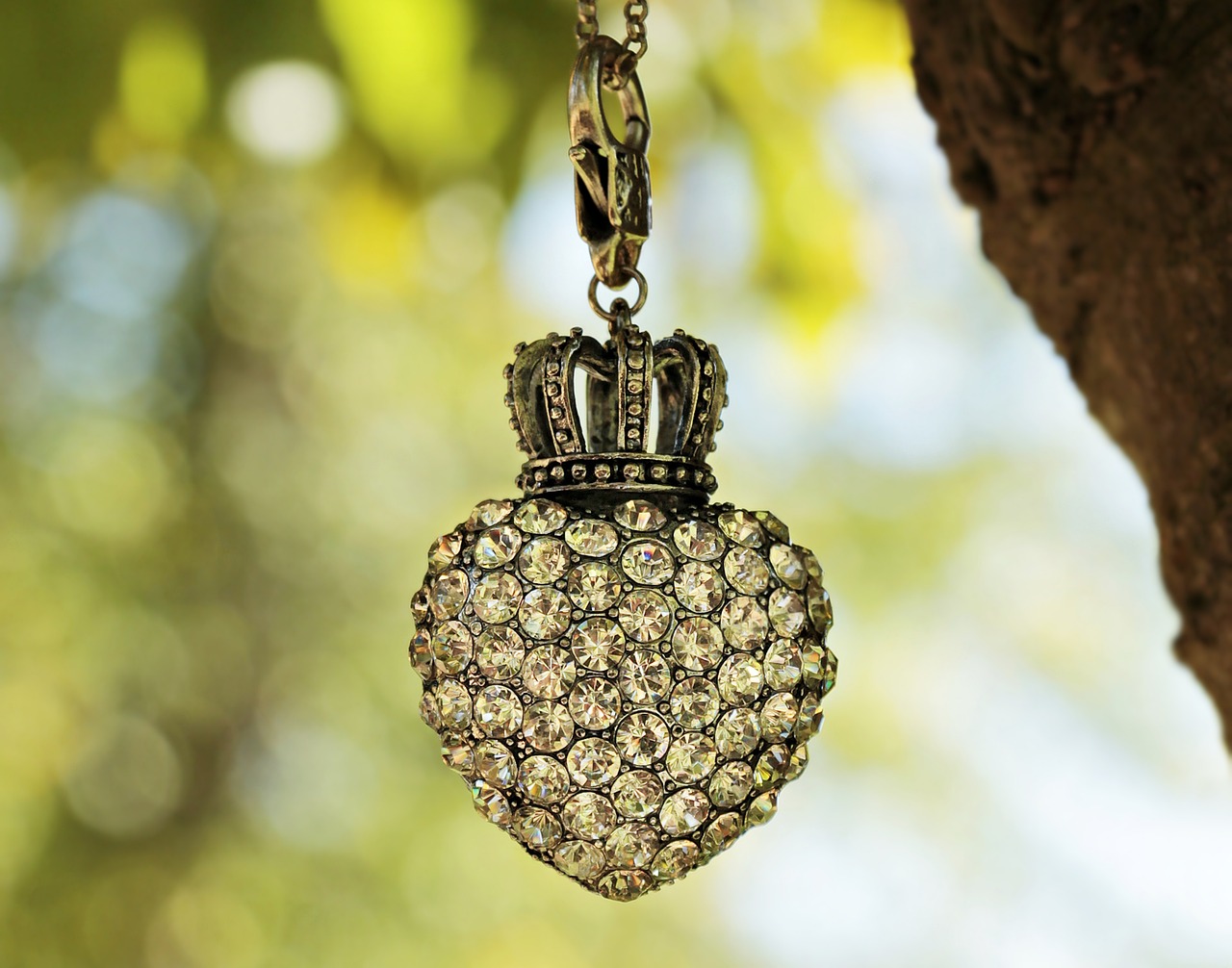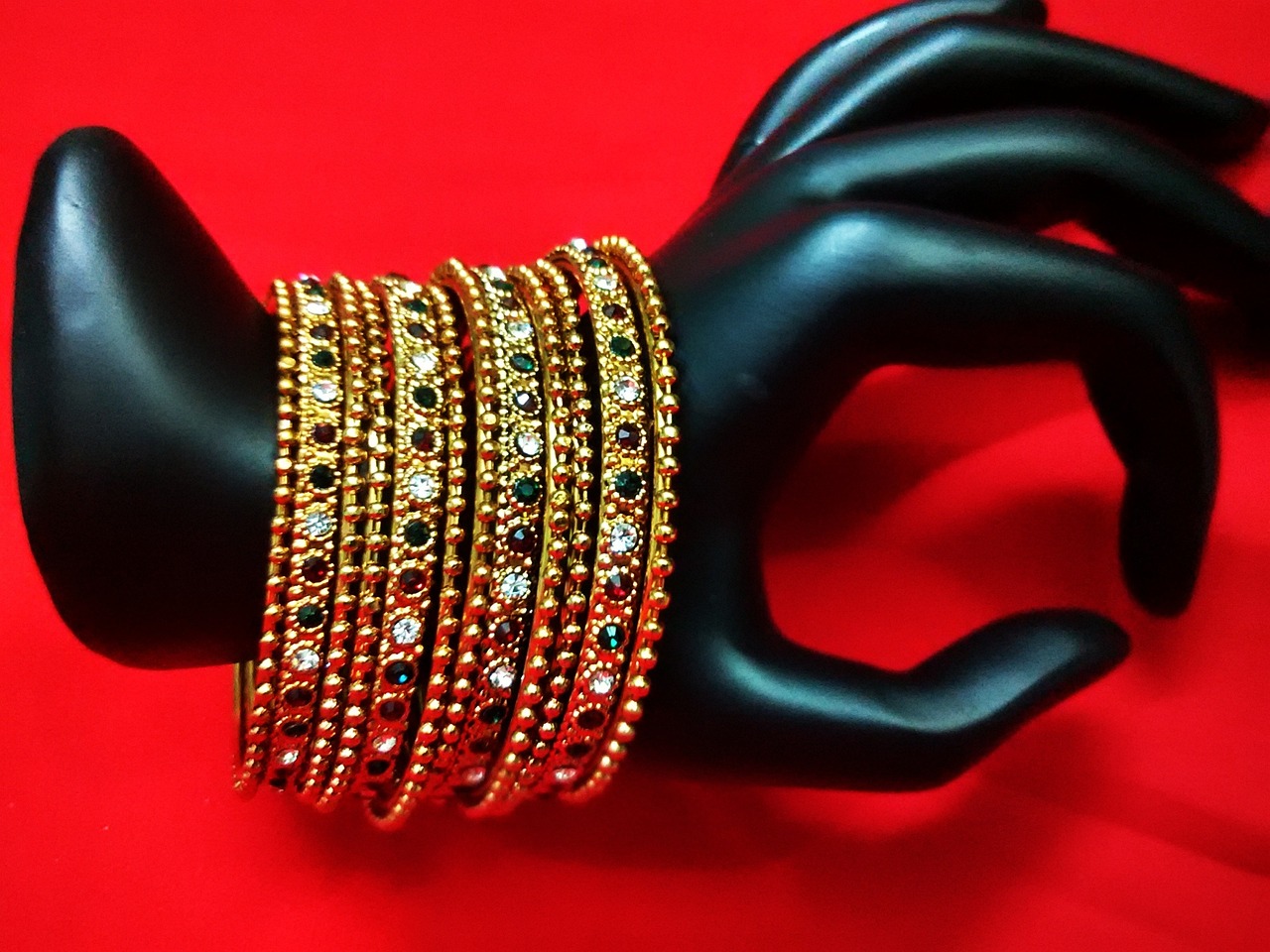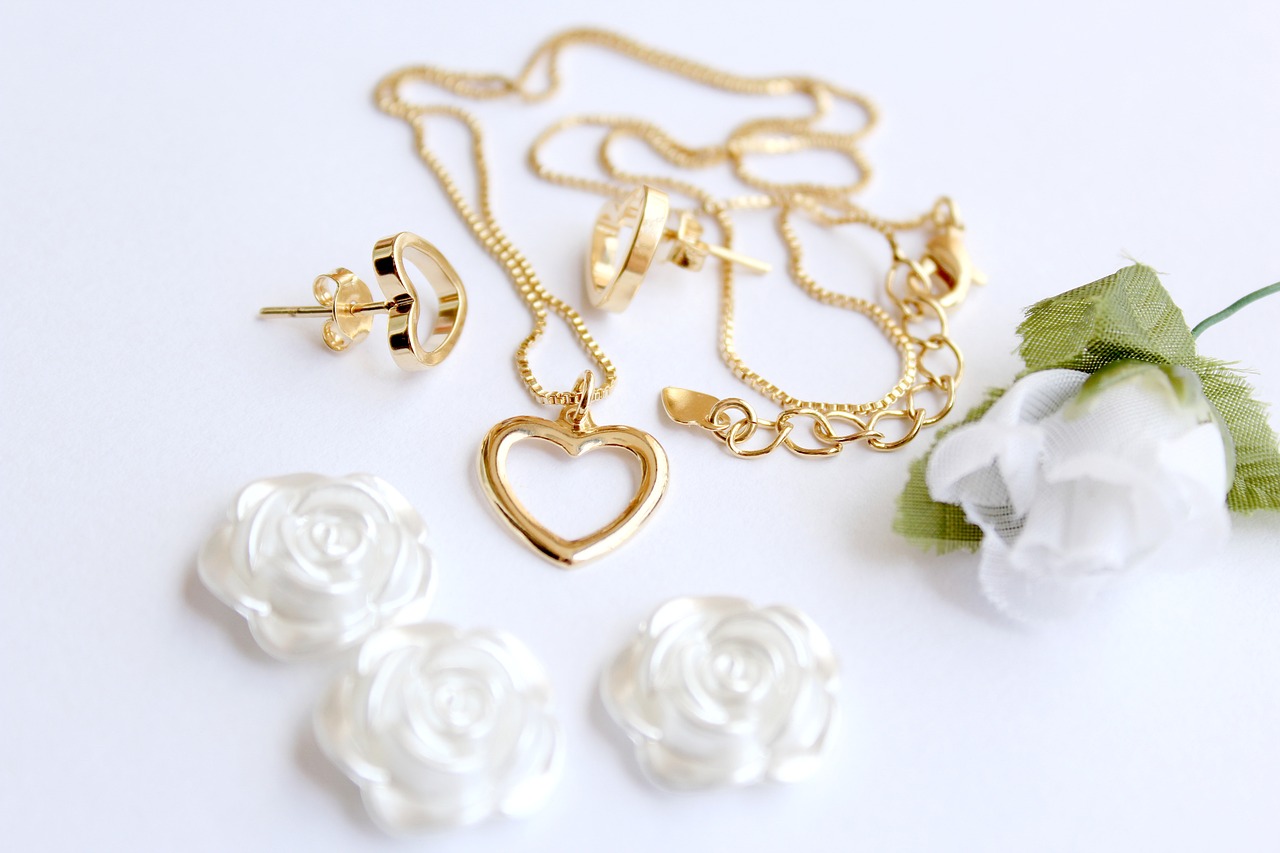This article delves into the latest trends in sustainable jewelry, showcasing eco-friendly and ethical brands that prioritize environmental responsibility and social impact in their creations. As consumers become increasingly aware of the environmental and social implications of their purchases, the demand for sustainable jewelry has surged, prompting brands to innovate and adapt.
Sustainable jewelry refers to pieces crafted using environmentally friendly materials and ethical practices. This ensures minimal harm to the planet and its inhabitants throughout the production process. By focusing on sustainability, these brands aim to create beautiful pieces that tell a story of responsibility and care.
Choosing eco-friendly jewelry not only supports sustainable practices but also reflects personal values. It promotes a healthier planet and encourages responsible consumption among consumers. By opting for sustainable options, individuals can contribute to a larger movement advocating for ethical production and environmental stewardship.
Sustainable jewelry often utilizes materials such as:
- Recycled metals: Reducing the need for mining and lowering carbon footprints.
- Lab-grown gemstones: Providing ethical alternatives to mined stones.
- Ethically sourced natural stones: Ensuring fair labor practices and minimal environmental impact.
These materials not only minimize environmental impact but also maintain aesthetic appeal, allowing consumers to enjoy beautiful jewelry without compromising their values.
Several brands stand out in the sustainable jewelry market, offering innovative designs and ethical practices. These brands prioritize transparency, fair labor, and environmental stewardship in their operations. Notable brands include:
- Brilliant Earth: Known for its commitment to ethically sourced diamonds and recycled materials.
- Catbird: A Brooklyn-based brand that focuses on handmade, sustainable jewelry.
- Vrai: Specializes in lab-grown diamonds, emphasizing ethical production.
Fair trade practices in jewelry production ensure that artisans receive fair wages and work in safe conditions. This approach fosters community development and supports local economies. By choosing fair trade jewelry, consumers can help empower artisans and promote sustainable livelihoods.
Lab-grown gemstones are created in controlled environments, offering an ethical alternative to mined stones. Understanding the differences helps consumers make informed choices about their jewelry purchases. Lab-grown stones are often more affordable and have a lower environmental impact compared to traditional mining practices.
Identifying sustainable jewelry brands involves researching their sourcing practices, certifications, and commitment to environmental and social responsibility. Look for brands that provide transparency in their supply chains and adhere to recognized sustainability standards.
Recent consumer trends indicate a growing preference for sustainable and ethical products, reflecting a shift towards conscious consumption. More consumers are prioritizing brands that align with their values, leading to increased demand for sustainable jewelry options.
The future of sustainable jewelry looks promising, with innovations in materials and production techniques paving the way for more eco-friendly options. As consumer demand for ethical practices continues to rise, brands are likely to expand their offerings and improve their sustainability efforts.
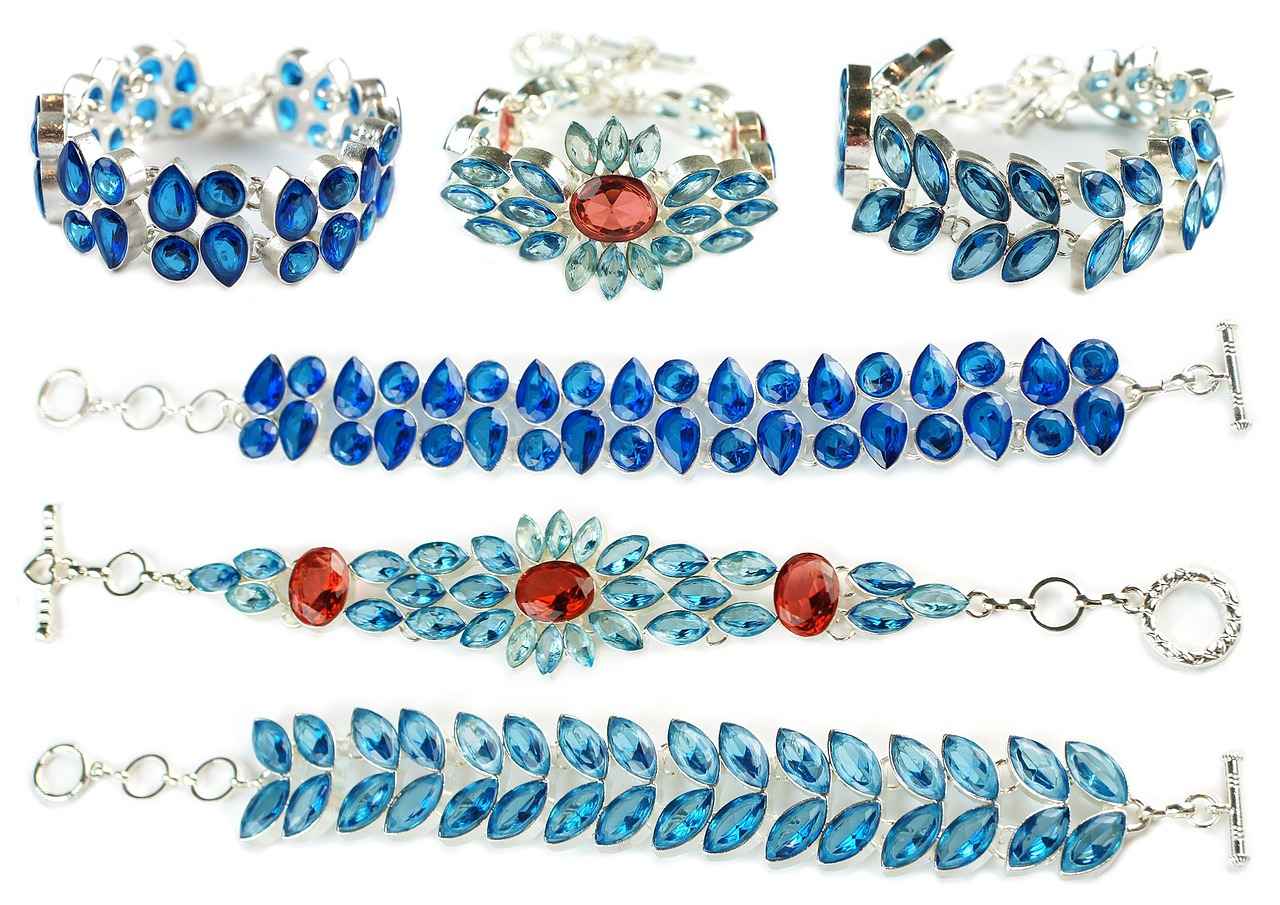
What is Sustainable Jewelry?
Sustainable jewelry has gained significant attention in recent years as consumers become more conscious of their environmental and social impact. This type of jewelry is not merely a trend; it represents a fundamental shift in how we perceive fashion and adornment. By prioritizing ethical production methods and environmentally friendly materials, sustainable jewelry offers a way for individuals to express their style while also caring for the planet.
At its core, sustainable jewelry refers to pieces that are crafted using eco-friendly materials and adhere to ethical practices. This ensures that the production process minimizes harm to both the environment and the communities involved. Unlike traditional jewelry, which may rely on mined materials that contribute to environmental degradation and exploitative labor practices, sustainable options often utilize resources that are recycled, reclaimed, or sourced responsibly.
One of the primary goals of sustainable jewelry is to create a positive impact. This means not only reducing the carbon footprint associated with production but also supporting fair labor practices. Many sustainable jewelry brands are committed to ensuring that artisans receive fair wages and work in safe conditions. This commitment to social responsibility is a key aspect that distinguishes sustainable brands from their conventional counterparts.
- Recycled Metals: Many sustainable jewelers use recycled gold, silver, and platinum, which significantly reduces the need for mining and minimizes environmental impact.
- Lab-Grown Gemstones: These stones are created in controlled environments and provide an ethical alternative to traditional mining, which often involves harmful practices.
- Ethically Sourced Natural Stones: When natural stones are used, they are often sourced from suppliers who adhere to strict ethical guidelines, ensuring that local communities benefit from the trade.
In addition to the materials used, the design process itself is often more sustainable. Many brands are adopting practices that reduce waste, such as creating pieces made to order or utilizing 3D printing technology to minimize excess resources. This innovative approach not only creates a unique product but also aligns with a growing consumer demand for transparency and accountability in the fashion industry.
As consumers become more informed, they are increasingly seeking out brands that align with their values. This shift is evident in the rise of online platforms dedicated to promoting sustainable jewelry, where consumers can easily access information about the origins of their pieces. By choosing sustainable jewelry, individuals are not only making a fashion statement but also supporting a movement that prioritizes the health of the planet and its people.
In summary, sustainable jewelry represents a conscientious choice for consumers who want to make a difference through their purchasing decisions. By understanding what sustainable jewelry is and why it matters, consumers can confidently invest in pieces that reflect their values while also contributing to a more sustainable future.

Why Choose Eco-Friendly Jewelry?
In today’s world, the choices we make reflect our values and priorities. When it comes to fashion, the decision to choose eco-friendly jewelry is a significant step towards promoting sustainability and ethical practices. This type of jewelry is not just about aesthetics; it represents a commitment to a healthier planet and a more responsible way of consuming. By opting for eco-friendly pieces, consumers can demonstrate their values while supporting brands that prioritize the environment and social responsibility.
Eco-friendly jewelry is crafted using materials and methods that minimize environmental impact. This includes the use of recycled metals, which helps reduce the need for new mining and the destruction of natural habitats. Additionally, many eco-friendly brands utilize lab-grown gemstones, which are created in controlled environments, offering a sustainable alternative to traditional mining. By choosing these materials, consumers can help decrease the carbon footprint associated with jewelry production.
Choosing eco-friendly jewelry is a way for individuals to express their personal values. It signals a commitment to sustainability and ethical consumption, aligning one’s purchasing decisions with a broader mission of protecting the environment. Many consumers are increasingly aware of the impact their choices have on the planet, and wearing eco-friendly jewelry allows them to showcase their dedication to these principles.
When consumers choose eco-friendly jewelry, they are not only making a fashion statement but also promoting responsible consumption. This choice encourages others to consider the implications of their purchases and to seek out brands that prioritize sustainability. As more people embrace eco-friendly options, it creates a ripple effect, pushing the industry towards more ethical practices and reducing the overall environmental impact of jewelry production.
Many eco-friendly jewelry brands also emphasize fair trade practices, ensuring that artisans are paid fair wages and work in safe conditions. This approach not only supports individual artisans but also fosters community development. By choosing brands that adhere to these principles, consumers can contribute to the well-being of local economies and promote social equity.
Understanding the differences between traditional and eco-friendly jewelry can empower consumers to make informed choices. Researching a brand’s sourcing practices, certifications, and commitment to sustainability can help individuals align their purchases with their values. This transparency is crucial in fostering trust between consumers and brands, ultimately leading to a more sustainable jewelry market.
The demand for eco-friendly jewelry is on the rise as consumers become increasingly conscious of their environmental footprint. This trend reflects a broader shift towards sustainable living, where individuals seek out products that are not only beautiful but also ethically produced. Brands that prioritize sustainability are likely to thrive in this evolving market, as consumers actively seek to support businesses that align with their values.
In conclusion, choosing eco-friendly jewelry is more than just a fashion choice; it is a reflection of personal values and a commitment to promoting a healthier planet. By supporting sustainable practices and encouraging responsible consumption, consumers can play a pivotal role in shaping the future of the jewelry industry. As awareness grows, the movement towards eco-friendly jewelry will continue to gain momentum, leading to a more sustainable and ethical marketplace.

Popular Materials in Sustainable Jewelry
Sustainable jewelry is gaining popularity as consumers become more aware of their environmental footprint and seek to make responsible choices. One of the most significant aspects of sustainable jewelry is the materials used in its creation. By opting for eco-friendly materials, jewelers can create stunning pieces that not only look beautiful but also contribute positively to the planet.
When discussing , several key options stand out:
- Recycled Metals: Many jewelers are turning to recycled metals, such as gold and silver, which significantly reduce the need for mining new ores. This practice minimizes environmental degradation and lowers energy consumption.
- Lab-Grown Gemstones: These stones are created in controlled environments, replicating the natural processes that form gemstones. They offer a conflict-free and ethical alternative to mined stones, reducing the environmental impact associated with traditional gem extraction.
- Ethically Sourced Natural Stones: For those who prefer natural gemstones, many brands now prioritize sourcing stones from suppliers who adhere to ethical practices. This ensures that the stones are mined responsibly, with fair labor practices.
- Organic Materials: Some designers incorporate materials like wood, seeds, and even recycled glass into their creations. These organic materials not only provide unique aesthetic qualities but also promote sustainability.
- Biodegradable Materials: Innovations in materials science have led to the development of biodegradable options, such as certain types of resins and plastics, which can decompose naturally without harming the environment.
Using sustainable materials is crucial for several reasons:
- Environmental Impact: The jewelry industry has historically contributed to significant environmental harm through mining and resource extraction. By utilizing recycled and lab-grown materials, brands can drastically reduce their carbon footprint.
- Social Responsibility: Ethical sourcing ensures that artisans and workers are treated fairly, promoting social equity and community development.
- Consumer Awareness: As consumers become more informed about the implications of their purchases, the demand for sustainable jewelry continues to rise. This trend pushes brands to adopt more responsible practices.
When shopping for sustainable jewelry, consider the following tips:
- Research Brands: Look for brands that provide transparency about their sourcing and production processes. Check for certifications that indicate ethical practices.
- Ask Questions: Don’t hesitate to inquire about the materials used and the brand’s commitment to sustainability.
- Support Local Artisans: Purchasing from local artisans often ensures fair trade practices and supports local economies.
In conclusion, the choice of materials in sustainable jewelry is a reflection of broader ethical considerations in today’s society. By opting for recycled metals, lab-grown gemstones, and ethically sourced natural stones, consumers can enjoy beautiful jewelry while making a positive impact on the environment and supporting ethical practices.
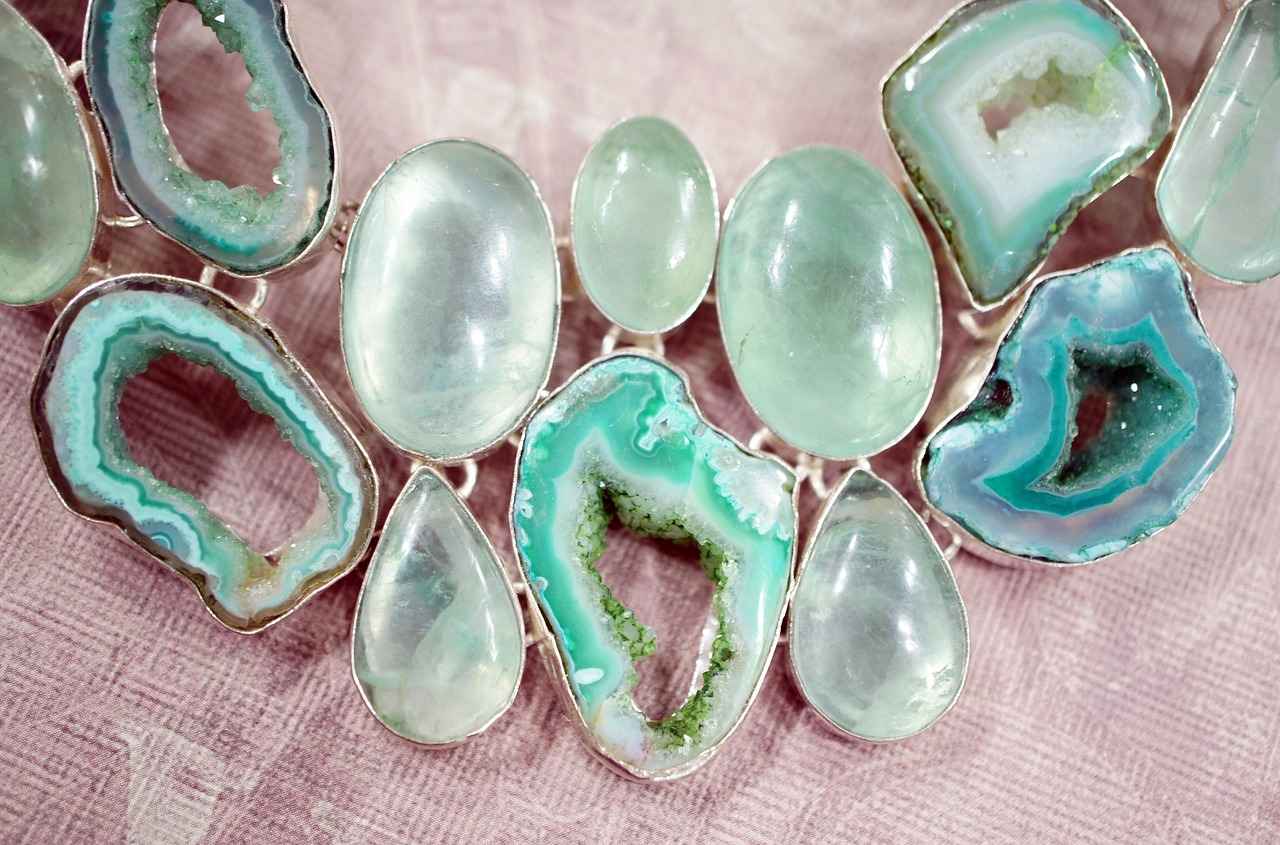
Top Ethical Jewelry Brands to Watch
In today’s world, the demand for sustainable and ethical products is on the rise, and the jewelry industry is no exception. Consumers are increasingly seeking brands that not only offer beautiful designs but also adhere to environmental responsibility and social ethics. Below, we explore some of the top ethical jewelry brands that are making waves in the sustainable jewelry market.
Ethical jewelry brands focus on transparency in their sourcing and manufacturing processes. They prioritize fair labor practices, ensuring that artisans are compensated fairly and work in safe conditions. Additionally, these brands often utilize recycled materials and sustainable practices to minimize their environmental footprint.
Brilliant Earth is a pioneer in the sustainable jewelry space, known for its commitment to ethically sourced diamonds and recycled precious metals. They offer a wide range of engagement rings and fine jewelry, all crafted with a focus on environmental stewardship and social responsibility. Their transparency in sourcing is a significant draw for conscious consumers.
With a mission to celebrate artisanship, Anna Beck creates stunning jewelry that reflects the beauty of Bali’s culture. The brand emphasizes fair trade practices, ensuring that artisans receive fair wages for their intricate work. Each piece is handmade, supporting local communities while offering unique designs that stand out.
Soko is a brand that connects artisans in Kenya with global consumers, utilizing technology to create a sustainable marketplace. Their jewelry is made from recycled materials and is designed to empower local artisans. Soko’s commitment to ethical production and community development is evident in every piece they create.
Mejuri is known for its direct-to-consumer model, which allows them to offer high-quality jewelry at accessible prices. They prioritize responsible sourcing and have a strong commitment to sustainability. Mejuri’s focus on transparency in their supply chain makes them a favorite among eco-conscious shoppers.
Vrai specializes in lab-grown diamonds, providing a stunning and ethical alternative to mined stones. Their commitment to sustainability is reflected in their production processes, which use 100% renewable energy. Vrai’s beautiful designs and ethical practices have garnered a loyal following among consumers who value both style and sustainability.
When selecting an ethical jewelry brand, consider the following factors:
- Transparency: Look for brands that openly share their sourcing and production processes.
- Certifications: Check for certifications that indicate ethical practices, such as Fair Trade or Responsible Jewelry Council.
- Materials: Opt for brands that use recycled metals and ethically sourced gemstones.
- Community Impact: Support brands that contribute to the communities where their products are made.
Choosing to support ethical jewelry brands not only enhances your personal style but also contributes to a larger movement towards sustainability and social responsibility. By prioritizing brands that align with these values, consumers can make a significant impact on the jewelry industry and promote a culture of conscious consumption.

The Role of Fair Trade in Jewelry
The jewelry industry has long been criticized for its labor practices and environmental impact. However, a growing movement towards fair trade practices is reshaping the landscape. Fair trade in jewelry signifies a commitment to ethical production, ensuring that artisans are compensated fairly and work under safe conditions. This transformative approach not only uplifts individual artisans but also fosters broader community development and supports local economies.
Fair trade jewelry is characterized by several key principles that prioritize ethical practices. These include:
- Fair Wages: Artisans receive a fair price for their work, allowing them to support their families and invest in their communities.
- Safe Working Conditions: Fair trade ensures that artisans work in environments that meet health and safety standards.
- Empowerment: Fair trade practices empower artisans, particularly women, by providing them with skills training and leadership opportunities.
- Environmental Sustainability: Fair trade jewelry often uses sustainable materials, reducing the environmental footprint of production.
By ensuring that artisans earn a living wage, fair trade practices contribute to community development in various ways:
- Education: Increased income allows families to invest in their children’s education, leading to a more educated workforce.
- Healthcare: Fair trade initiatives often include access to healthcare services, improving the overall well-being of communities.
- Infrastructure: Profits from fair trade jewelry can be reinvested into local infrastructure, such as roads and schools, benefiting the entire community.
Choosing to support fair trade jewelry is not just a personal choice; it has far-reaching implications:
- Ethical Consumption: Consumers are increasingly seeking products that align with their values, making fair trade jewelry an attractive option.
- Market Demand: As demand for ethically produced goods rises, it encourages more brands to adopt fair trade practices.
- Social Impact: Supporting fair trade can lead to significant improvements in the lives of artisans and their communities.
Identifying fair trade jewelry can be straightforward if consumers know what to look for:
- Certification Labels: Look for recognized fair trade certification labels that guarantee ethical practices.
- Brand Transparency: Research brands that openly share their sourcing and production practices.
- Artisan Stories: Brands that highlight the stories of their artisans often demonstrate a commitment to fair trade principles.
Despite its benefits, fair trade in the jewelry industry faces several challenges:
- Market Competition: Competing with mass-produced jewelry that often comes at a lower price point can be difficult for fair trade brands.
- Consumer Awareness: Many consumers are still unaware of the benefits of fair trade, which can hinder growth.
- Supply Chain Complexity: Ensuring that all aspects of the supply chain adhere to fair trade standards can be challenging.
In conclusion, the role of fair trade in jewelry production is pivotal for creating a more ethical and sustainable industry. By supporting fair trade practices, consumers can make a significant impact on the lives of artisans and their communities, promoting social and economic development. As awareness grows and demand for ethical jewelry increases, the future of fair trade in the jewelry industry looks promising.

Lab-Grown vs. Natural Gemstones: What’s the Difference?
Lab-grown gemstones have emerged as a popular choice among consumers seeking ethical alternatives to traditional mined stones. These gemstones are produced in controlled environments through advanced technological processes that mimic the natural conditions under which diamonds and other precious stones form. This article delves into the key differences between lab-grown and natural gemstones, helping consumers make informed choices when purchasing jewelry.
Lab-grown gemstones are created using two primary methods: High Pressure High Temperature (HPHT) and Chemical Vapor Deposition (CVD). Both methods replicate the natural conditions necessary for gemstone formation but do so in a laboratory setting, allowing for greater control over the quality and characteristics of the stones. As a result, lab-grown stones can be produced with fewer impurities and often exhibit superior clarity and color.
One of the most compelling reasons to opt for lab-grown gemstones is their ethical appeal. The mining of natural gemstones can lead to significant environmental degradation and often involves questionable labor practices. In contrast, lab-grown stones are produced without the same level of ecological disruption, making them a more sustainable choice. Furthermore, consumers can purchase these gemstones at a fraction of the cost of their natural counterparts, making them an attractive option for budget-conscious shoppers.
Yes, lab-grown gemstones are indeed real. They possess the same physical, chemical, and optical properties as natural gemstones. The only difference lies in their origin. While natural gemstones are formed over millions of years deep within the Earth, lab-grown stones are created in a matter of weeks or months. This rapid production does not compromise their quality or beauty, as they are virtually indistinguishable from natural stones to the naked eye.
When it comes to pricing, lab-grown gemstones are typically 30% to 40% less expensive than natural gemstones. This price difference is largely due to the reduced costs associated with production and the absence of mining-related expenses. For consumers, this means they can afford larger or higher-quality stones without breaking the bank.
The environmental impact of gemstone mining is significant, often leading to deforestation, soil erosion, and water pollution. In contrast, lab-grown gemstones require far less energy and water to produce and do not contribute to the destruction of ecosystems. This makes them a more sustainable option for environmentally conscious consumers who wish to minimize their carbon footprint.
Consumer attitudes towards lab-grown gemstones are shifting rapidly. Many buyers appreciate the ethical considerations and sustainability associated with lab-grown stones. However, some still hold a preference for natural gemstones due to their perceived rarity and traditional value. As awareness of the issues surrounding gemstone mining increases, it is likely that more consumers will choose lab-grown options.
Identifying lab-grown gemstones can be challenging without specialized equipment. However, reputable jewelers will provide certification that indicates whether a gemstone is lab-grown or natural. Look for certifications from recognized organizations that detail the origin of the stone, ensuring transparency in your purchase.
In summary, understanding the differences between lab-grown and natural gemstones is essential for making informed jewelry choices. With their ethical appeal, lower prices, and minimal environmental impact, lab-grown gemstones present a compelling alternative to traditional mined stones, aligning with the values of today’s conscious consumers.
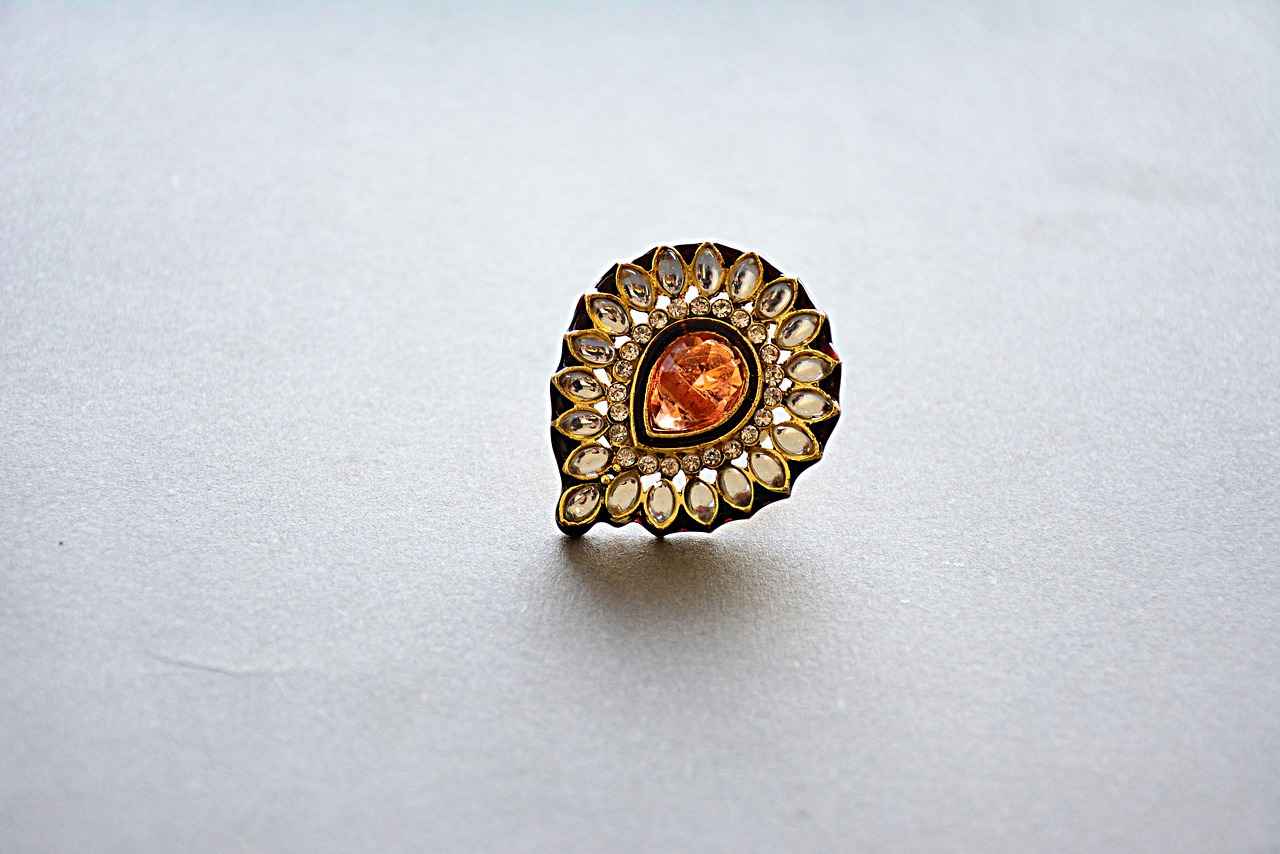
How to Identify Sustainable Jewelry Brands
Identifying sustainable jewelry brands is essential for consumers who wish to make informed and ethical purchasing decisions. With the growing awareness of environmental issues and social responsibility, it’s crucial to understand how to discern which brands genuinely prioritize sustainable practices. This article delves into the key factors to consider when evaluating jewelry brands for their sustainability.
To identify a sustainable jewelry brand, the first step is to research their sourcing practices. This involves understanding where and how the materials are obtained. Brands that prioritize sustainability often use recycled metals and ethically sourced gemstones. Look for information on their websites about their supply chains and partnerships with responsible suppliers.
Another important aspect is the certifications that a brand holds. Certifications such as Fair Trade, Responsible Jewellery Council (RJC), and Global Organic Textile Standard (GOTS) indicate a commitment to ethical practices. These certifications assure consumers that the brand adheres to strict environmental and social standards, making them a trustworthy choice.
A sustainable jewelry brand should demonstrate a clear commitment to environmental responsibility. This can be seen through their efforts in reducing waste, utilizing renewable energy in production, and engaging in sustainable practices. Brands that invest in eco-friendly technologies and materials are often at the forefront of the sustainable jewelry movement.
Transparency is a critical factor in determining a brand’s sustainability. Brands that openly share information about their production processes, labor practices, and environmental impact are more likely to be genuinely committed to sustainability. Look for brands that provide detailed reports or updates on their sustainability initiatives.
In addition to environmental factors, social responsibility plays a significant role in identifying sustainable jewelry brands. Brands that support fair labor practices ensure that artisans and workers receive fair wages and work in safe conditions. This commitment not only fosters community development but also enhances the overall value of the jewelry.
Before making a purchase, consider checking consumer reviews and feedback. Platforms like social media, blogs, and dedicated review sites can provide insights into the brand’s reputation and customer experiences. Positive testimonials from consumers who prioritize sustainability can be a good indicator of a brand’s authenticity.
Many sustainable jewelry brands actively engage in environmental initiatives, such as tree planting or supporting conservation projects. Brands that contribute a portion of their profits to environmental causes or participate in community development projects often demonstrate a deeper commitment to sustainability.
Brands that provide educational resources about sustainable practices and the importance of ethical consumption are often more credible. Look for brands that share information on their blogs or social media about the impact of jewelry production on the environment and society. This commitment to education reflects a genuine desire to promote sustainability.
In conclusion, identifying sustainable jewelry brands involves a multifaceted approach that considers sourcing practices, certifications, environmental commitment, transparency, social responsibility, consumer feedback, and educational efforts. By taking the time to research and evaluate these factors, consumers can make informed choices that align with their values and contribute to a more sustainable future.
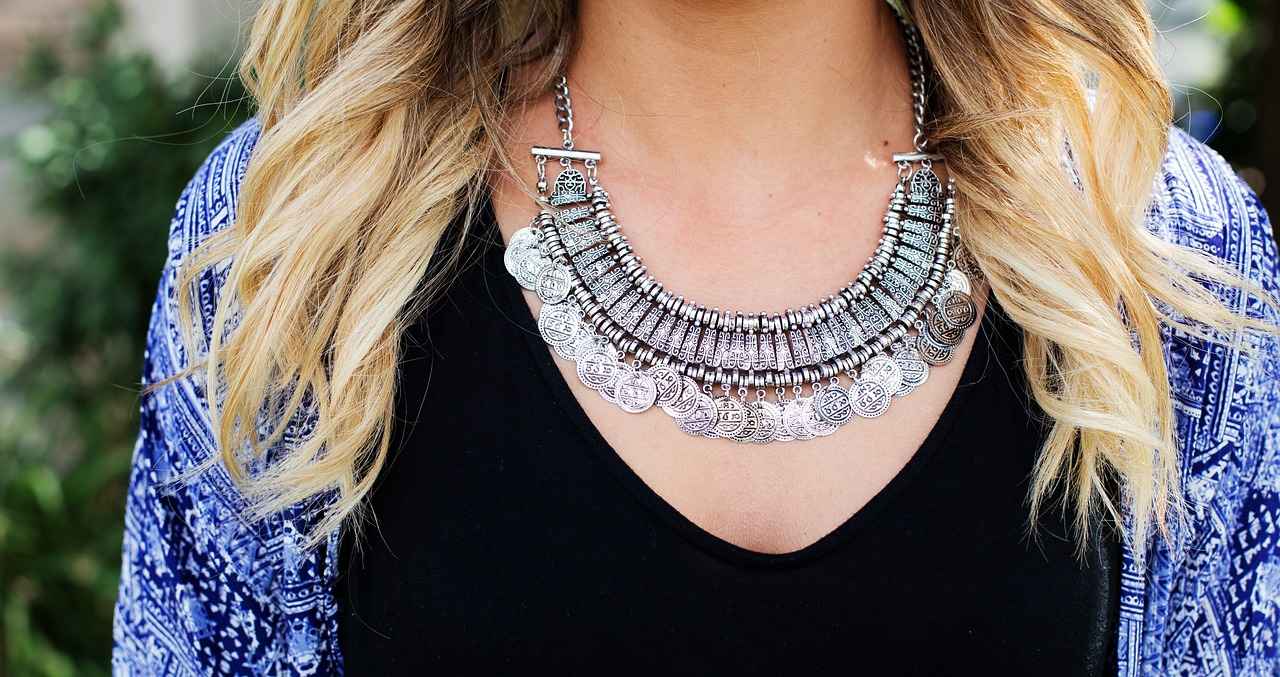
Consumer Trends in Sustainable Jewelry
In recent years, the jewelry industry has witnessed a significant transformation driven by changing consumer preferences. More shoppers are gravitating towards sustainable and ethical products, reflecting a broader trend of conscious consumption. This shift is not merely a passing fad; it is a response to increasing awareness of environmental issues and social responsibility.
- Environmental Awareness: Consumers are increasingly concerned about the environmental impact of their purchases. The jewelry industry, traditionally associated with mining and resource depletion, is now under scrutiny. Many buyers are opting for brands that prioritize sustainable sourcing and production methods.
- Ethical Considerations: Alongside environmental concerns, there is a growing demand for ethical practices in jewelry production. Consumers want to know that their purchases support fair labor practices and contribute positively to the communities involved in the production process.
- Transparency: Today’s consumers value transparency. They are more inclined to support brands that openly share their sourcing practices, production processes, and the social impact of their operations.
Recent studies indicate that a substantial portion of consumers is willing to pay a premium for sustainable and ethical jewelry. This willingness stems from a desire to align personal values with purchasing decisions. Shoppers are increasingly seeking out brands that not only create beautiful pieces but also demonstrate a commitment to environmental stewardship and social responsibility.
As sustainability becomes a priority for consumers, the materials used in jewelry are evolving. Some of the most popular materials include:
- Recycled Metals: Many brands are turning to recycled gold and silver to reduce the environmental impact associated with mining.
- Lab-Grown Gemstones: These stones offer a sustainable alternative to mined gems, providing consumers with ethically sourced options without compromising on quality.
- Ethically Sourced Natural Stones: Brands that prioritize ethical sourcing ensure that natural stones are mined responsibly, benefiting local communities and minimizing environmental damage.
Several innovative brands have emerged in the sustainable jewelry market, setting high standards for ethical practices. These brands are not only committed to sustainability but also offer unique designs that appeal to the modern consumer. Some noteworthy examples include:
- Brilliant Earth: Known for its commitment to ethical sourcing and environmental responsibility, this brand offers a wide range of stunning jewelry options.
- Catbird: This Brooklyn-based company focuses on handmade jewelry using recycled materials and supports local artisans.
- Vrai: Specializing in lab-grown diamonds, Vrai combines sustainability with luxury, appealing to eco-conscious consumers.
Fair trade practices are crucial in the jewelry industry, ensuring that artisans receive fair wages and work in safe conditions. By supporting fair trade, consumers contribute to community development and help uplift local economies, making their purchases more meaningful.
Identifying sustainable jewelry brands requires a bit of research. Consumers should look for:
- Certifications: Brands that hold certifications from recognized organizations often adhere to strict environmental and social standards.
- Transparency Reports: Brands that provide detailed information about their sourcing and production practices demonstrate their commitment to sustainability.
- Customer Reviews: Feedback from other consumers can provide insight into a brand’s ethical practices and product quality.
As the demand for sustainable and ethical jewelry continues to rise, brands that prioritize these values will likely thrive. This evolving landscape not only benefits consumers but also promotes a more responsible and sustainable jewelry industry.
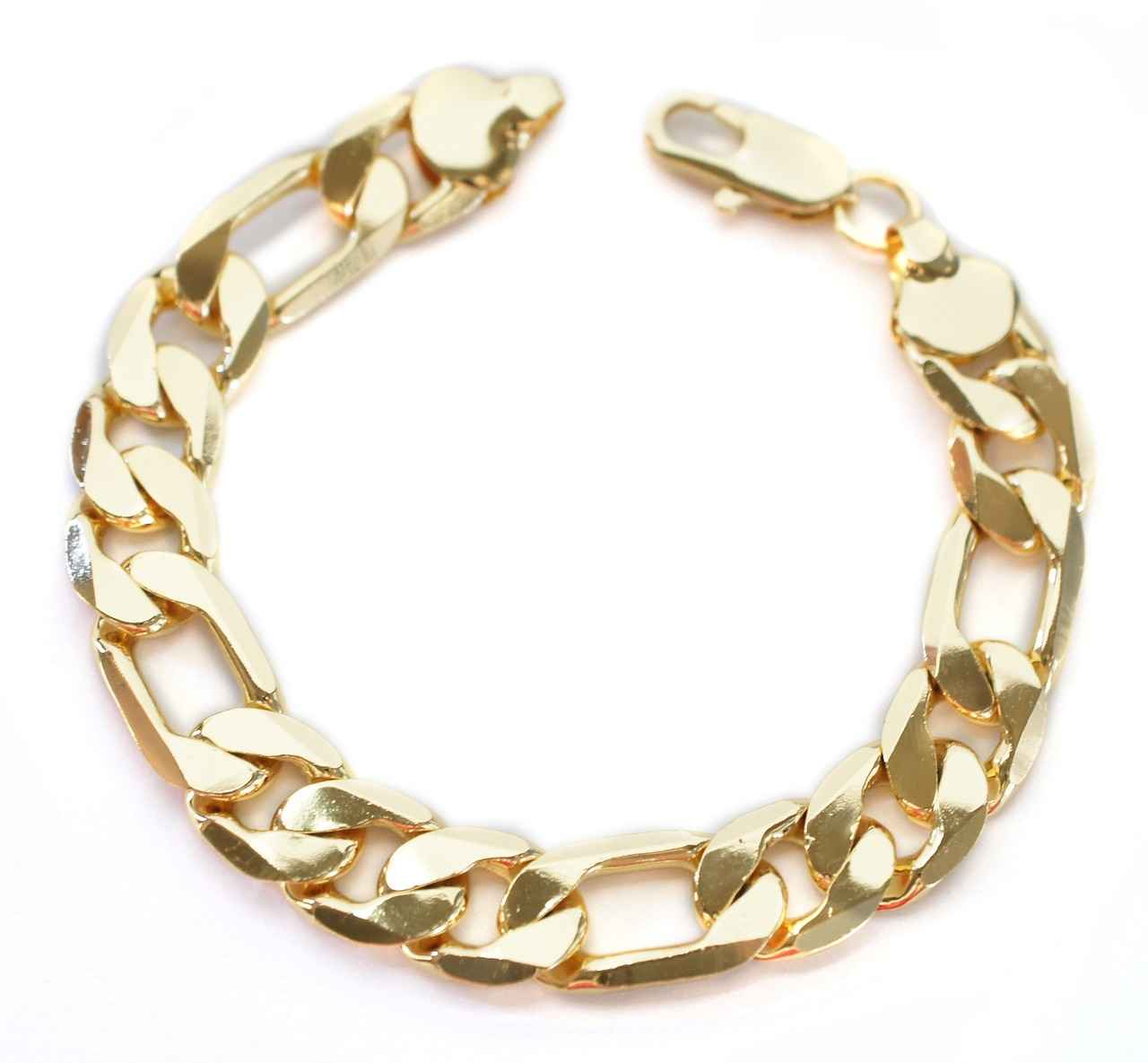
The Future of Sustainable Jewelry
The future of sustainable jewelry is not only bright but also filled with exciting possibilities. As consumers become increasingly aware of the environmental and social impacts of their purchases, the demand for eco-friendly and ethical jewelry continues to rise. This shift in consumer behavior is driving innovation in materials and production techniques, leading to a more sustainable jewelry industry.
One of the most significant advancements in sustainable jewelry is the development of new materials. Recycled metals are becoming a popular choice among jewelers, allowing them to create stunning pieces without the need for new mining. Additionally, lab-grown gemstones are gaining traction as a viable alternative to mined stones. These gemstones are produced in controlled environments, significantly reducing their environmental footprint while offering consumers beautiful, conflict-free options.
As awareness of ethical consumption grows, consumers are increasingly seeking out brands that prioritize transparency and fair labor practices. This demand has led to a rise in companies that are committed to ethical sourcing and production. Many brands now provide detailed information about their supply chains, ensuring that consumers can make informed choices about their jewelry purchases.
Technological advancements are also transforming the jewelry-making process. Innovations such as 3D printing allow for more efficient production methods, reducing waste and energy consumption. This technology enables designers to create intricate and customizable pieces, appealing to a market that values individuality and sustainability.
Fair trade practices are becoming increasingly important in the sustainable jewelry sector. By ensuring that artisans receive fair wages and work in safe conditions, fair trade initiatives help to foster community development and support local economies. Brands that embrace fair trade principles not only enhance their ethical credentials but also create a positive impact on the communities they work with.
Consumers looking to make sustainable choices should consider several factors when selecting jewelry. Researching a brand’s sourcing practices, certifications, and commitment to environmental and social responsibility is essential. Look for brands that are transparent about their materials and production processes, and consider supporting those that give back to their communities.
- Increased Focus on Upcycling: Many designers are now incorporating upcycled materials into their collections, transforming discarded items into beautiful jewelry.
- Customization and Personalization: As consumers seek unique pieces, brands are offering customizable options that reflect individual styles while maintaining sustainable practices.
- Collaboration with Artisans: More brands are partnering with local artisans to create exclusive collections, promoting traditional craftsmanship while supporting local economies.
Education plays a vital role in the future of sustainable jewelry. As consumers become more informed about the impacts of their choices, they are likely to demand higher standards from brands. This shift will encourage more companies to adopt sustainable practices and contribute to a more responsible jewelry industry.
In conclusion, the future of sustainable jewelry is shaped by innovation, consumer demand, and a commitment to ethical practices. As the industry evolves, it is essential for consumers to remain informed and support brands that prioritize sustainability and social responsibility. By making conscious choices, we can all contribute to a more sustainable future in the world of jewelry.
Frequently Asked Questions
- What makes jewelry sustainable?
Sustainable jewelry is crafted using eco-friendly materials and ethical practices. This means it minimizes environmental harm and supports fair labor practices throughout its production process.
- Why should I choose eco-friendly jewelry?
Choosing eco-friendly jewelry reflects your personal values and commitment to the planet. It promotes sustainable practices and encourages responsible consumption, making you a part of a larger movement towards a healthier Earth.
- What materials are commonly used in sustainable jewelry?
Sustainable jewelry often features recycled metals, lab-grown gemstones, and ethically sourced natural stones. These materials not only reduce environmental impact but also maintain the beauty and elegance of traditional jewelry.
- How can I identify ethical jewelry brands?
To identify ethical jewelry brands, research their sourcing practices, look for certifications, and check their commitment to environmental and social responsibility. Transparency is key!
- What is the difference between lab-grown and natural gemstones?
Lab-grown gemstones are created in controlled environments, making them an ethical alternative to mined stones. Understanding these differences helps you make informed choices when purchasing jewelry.
- What consumer trends are emerging in sustainable jewelry?
Recent trends show a growing preference for sustainable and ethical products. Consumers are becoming more aware of environmental issues and are shifting towards conscious consumption.
- What does the future hold for sustainable jewelry?
The future looks bright for sustainable jewelry, with innovations in materials and production techniques paving the way for more eco-friendly options and increased consumer demand for ethical practices.
